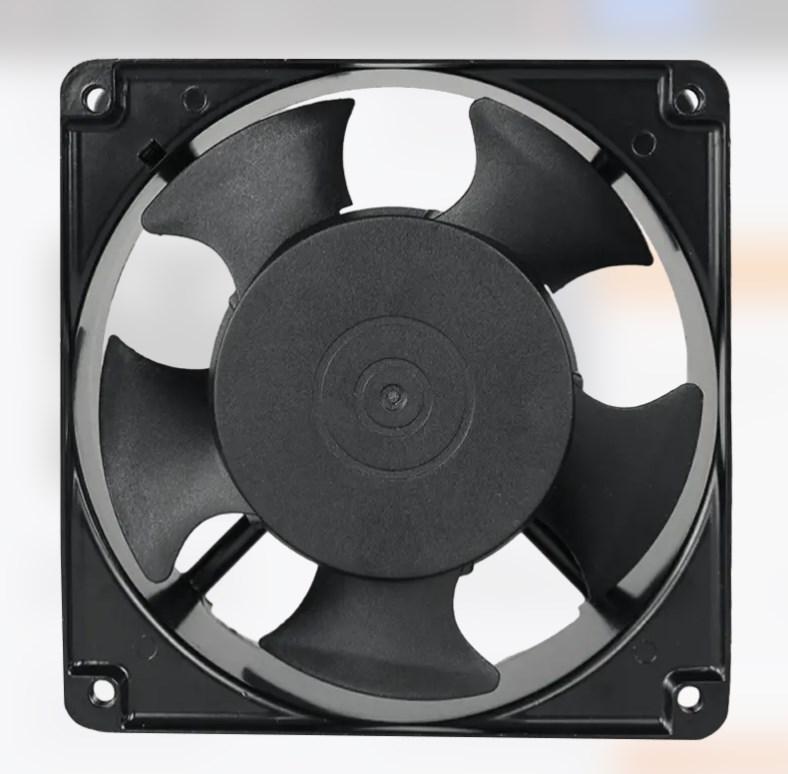AC axial cooling fans play a crucial role in various industries, ensuring the proper functioning of electronic devices and equipment. These fans consist of several key components, operate within specific temperature ranges, and are influenced by environmental conditions.
The assembly of an AC axial cooling fan typically includes the fan blades, motor, bearings, housing, wiring, and control circuitry. Fan blades are designed to generate airflow efficiently, while the motor provides the necessary power for rotation. Bearings reduce friction and support smooth operation, while the housing encloses the fan and directs airflow. Wiring connects the fan to the power source, and control circuitry regulates fan speed and operation.
In terms of operating temperatures, AC axial cooling fans are designed to function within a range suitable for their intended applications. Typical operating temperatures vary depending on factors such as fan size, motor efficiency, and environmental conditions. Generally, AC axial cooling fans can operate effectively within temperatures ranging from -20°C to 70°C. However, some high-performance fans may have extended temperature ranges to accommodate more demanding environments.
Environmental conditions significantly impact the performance of AC axial cooling fans. Factors such as temperature, humidity, altitude, and presence of contaminants can affect fan efficiency and lifespan. High temperatures can lead to increased fan speed and power consumption, while low temperatures may affect lubrication and motor performance. High humidity levels can cause corrosion and electrical issues, while dusty or polluted environments may result in clogged air filters and reduced airflow.
Despite these challenges, proper design, maintenance, and installation can mitigate the impact of environmental conditions on AC axial cooling fans. Incorporating features such as temperature sensors, sealed bearings, and protective coatings can enhance fan reliability and longevity. Regular cleaning and inspection help prevent dust buildup and ensure good airflow.
In conclusion, AC axial cooling fans are essential components in thermal management systems, providing efficient cooling for a wide range of applications. Understanding the key components, operating temperatures, and environmental factors is crucial for reduce fan performance and reliability in various industrial settings.



